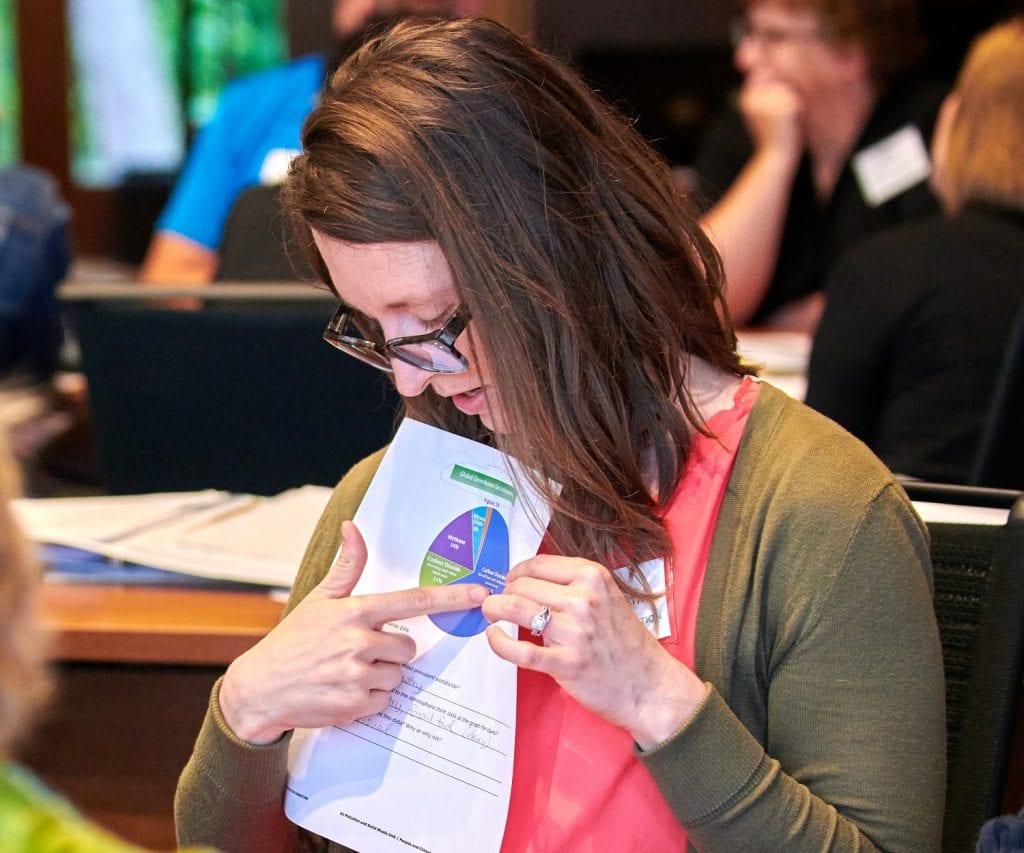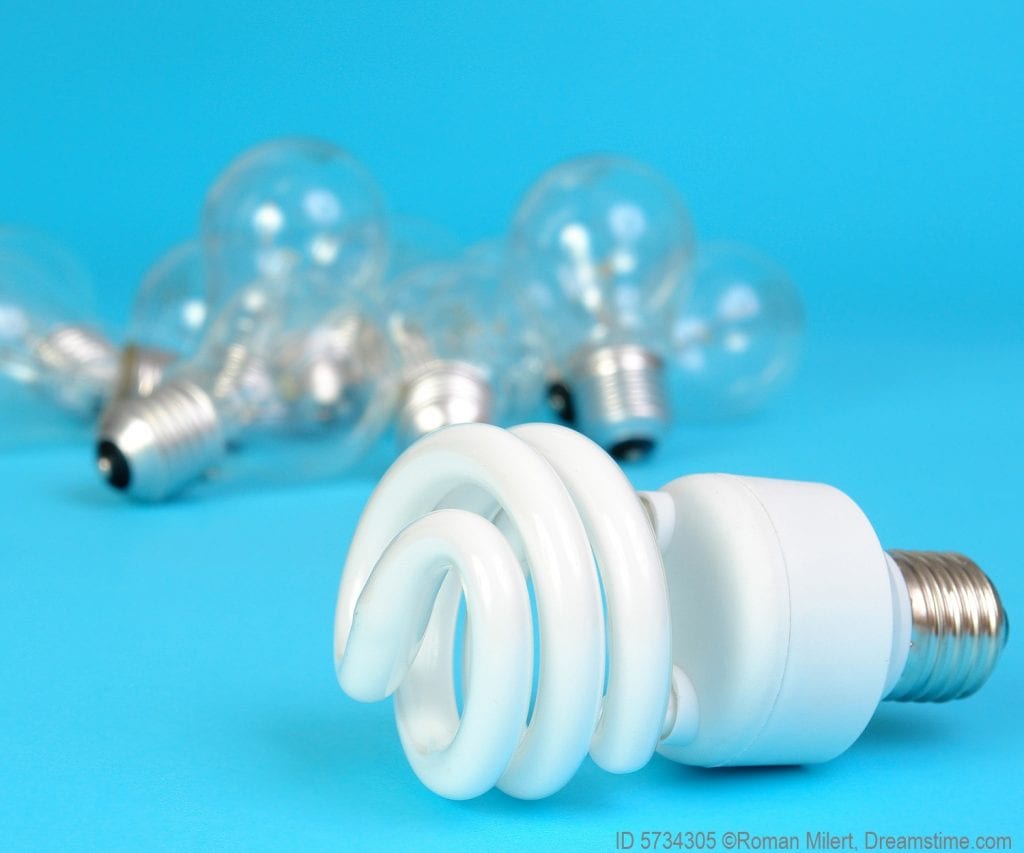Resource Overview
Through planning, writing, and performing a news telecast, students use information from current events articles to create fact-based predictions about what their futures might look like.
Students will be able to:
- Discuss potential impacts of current population and environmental trends on their future lives.
- Research and summarize news articles about social and environmental trends related to population growth.
- Synthesize research into a fact-based, coherent presentation.
- Clearly communicate fact-based environmental and societal predictions for the future verbally and/or in writing.

Features of This Resource
- Students must read and summarize news articles
- Lesson plan includes grading rubric for students’ telecast projects
- Provides age-appropriate outlets for students to research current events
How Do I Get This Lesson Plan?
The resource is free. Click the green button for immediate download. Download Now
Other Resources You Might Like:

Students interpret various forms of data (graphic, written, and visual) and identify relationships between factors of climate change.

Students participate in a budgeting activity to weigh everyday actions against their environmental impact. Students will be able to: Determine... Read more »

First, students interpret a graph of global population projections through 2100 from the UN. Then, students build gridded bar graphs... Read more »
Nice to meet you!
Tell us a bit about yourself so we can continue creating resources that meet your needs.
You’ll only need to fill out this form once. If you’ve already completed the form, you can confirm your email here.


